
Read or listen offline
Recommendation
Until recently, risk management was fairly simple. You bought insurance for your company or not. Perhaps because the world was a more stable place or because companies simply lacked the tools for quantitative analysis, executives often failed to analyze, understand and manage the spectrum of risks. Those innocent days ended with currency shifts, interest rate turbulence, the emergence of new competitors, the technological revolution and other disruptive events. In the early 1980s, companies began to take risk management seriously. Author James Lam has spent 20 years in risk management, which means he has been involved almost since its inception. He provides a lucid, well-written, well-edited exposition of the new approach to risk management - enterprise risk management or ERM. His book requires a certain basic understanding of mathematical and financial concepts, but it ought to be accessible to anyone with a few years of business education or experience. getAbstract.com believes that CFOs and risk managers will find it most useful.
Take-Aways
About the Author
James Lam is president of James Lam & Associates, an independent risk advisory firm. He was formerly chief risk officer of Fidelity Investments, and is an adjunct professor of finance at Babson College.








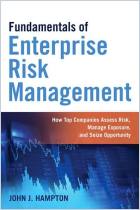
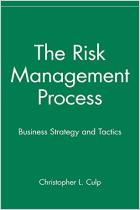

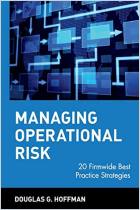
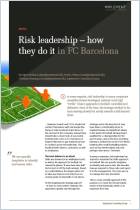
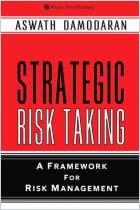

Comment on this summary or Iniciar a Discussão